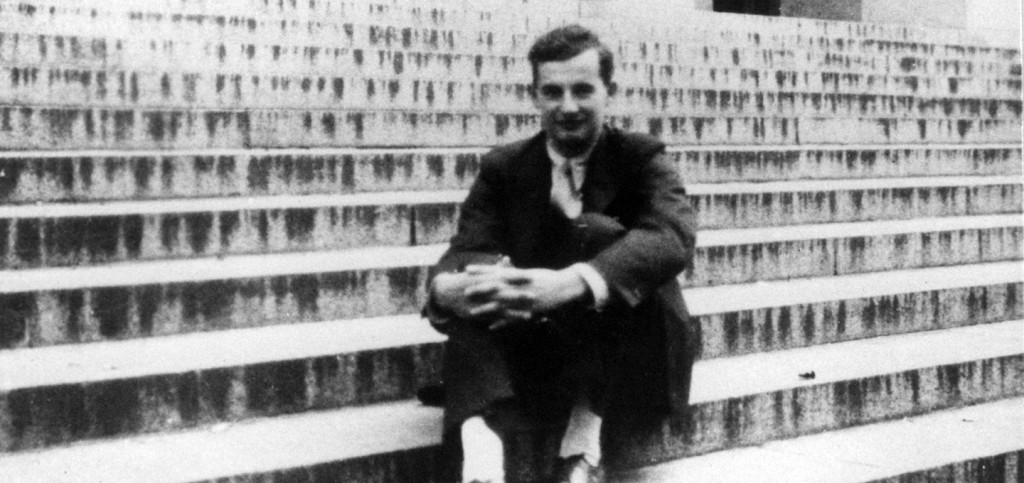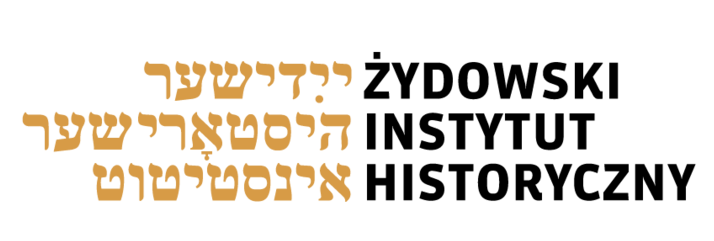ZACHARY SILVER
We are still struggling to feel safe and secure and to feel connected to one another.
 ULTRA-ORTHODOX STUDENTS study at Jerusalem’s Mir Yeshiva.. (photo credit:REUTERS)
ULTRA-ORTHODOX STUDENTS study at Jerusalem’s Mir Yeshiva.. (photo credit:REUTERS)
In Judaism, we celebrate beginnings and endings as two sides of the same coin.
On Rosh Hashana we celebrate the end of one year and the beginning of another, eating round challah to symbolize the continuous circle of life. It is with similar joy that we celebrate siyumim to commemorate the completion of a section of Jewish study.
But we do not just celebrate the end of one section, but the anticipation of beginning another and of continuing to add to our growing Jewish education and understanding of the world around us.
For this reason, the more people who participate in a siyum, the more jubilant and triumphant it is. Dirshu’s siyum on June 20 promises to be one of the most jubilant and triumphant in recent memory. Jews from all over will gather in Brooklyn that day to celebrate fiveand- a-half years of the Kinyan Halach Program, which educates thousands of Jews worldwide in Jewish law.
The program is administered by Dirshu, an organization whose mandate is to increase Jewish knowledge and to unite the nation of Israel through Jewish learning.
Thanks to Dirshu, more than 150,000 people across the globe study Jewish law each day. Dirshu’s program of structured lectures and exams has helped to bring about a renaissance in Jewish learning.
During the Holocaust, the great centers of Jewish learning were destroyed and many survivors were cut off from their faith, unable to learn in the same manner in which Jews had been learning for centuries. Our Jewish community- at-large is still working to recover. We are still struggling to feel safe and secure and to feel connected to one another.
These feelings, which have a base in antisemitism, are exacerbated by a decline in Jewish learning.
But Rabbi Dovid Hofstedter refused to let Jewish education continue to wither. The son of Holocaust survivors, the rabbi understands the importance of a strong Jewish education, one that was denied to his parents, and he founded Dirshu to elevate Jewish learning to the level it had been before the Holocaust.
He devised a system of education and testing that has allowed Jews from all walks of life to embrace their heritage and learn our laws. Despite the rigors of Jewish learning, Dirshu’s structure brings success and happiness. Through a well-defined daily learning schedule and tests along the way, each student has the tools necessary to excel, yet is also responsible for their own achievements, leading to a greater sense of accomplishment.
Regardless of one’s Jewish educational background or one’s level of wealth, Dirshu provides the means of attaining a high level of learning, even providing stipends to those who do well to encourage them to continue their studies.
And encouragement is needed, as it can be daunting to devote your spare time to learning. But the benefits far outnumber the sacrifices.
This is why many Jews have been turning to Dirshu later in their lives. As they approach middle age, many become more cognizant of the important things in life, such as having a strong connection to one’s community and one’s heritage – a connection that can be forged by Torah study. This is what Dirshu is all about.
Many are drawn to Dirshu because its mission is to connect the Jewish community. It does not seek to push a political agenda or any one branch of Judaism. All Jews are welcome in the Dirshu family, whether they be Hassidic, Orthodox, Mizrachi, Ashkenazi, Sephardi and more. Dirshu celebrates the differences of its participants, knowing that the Jewish community is an eclectic composition of Jews who observe the laws differently and who hail from around the globe – yet we are all tied together through Torah.
Similarly, Dirshu welcomes Jews of all ages. In some instances, teenagers have begun to learn through Dirshu and have drafted their fathers into the program as well; from there sometimes their grandfathers will join, too. Dirshu has seen three generations of one family study together and pass their exams together. Dirshu is not only strengthening the Jewish community – it is strengthening the Jewish family. What other program allows something like this to take place? It is for these reasons that I look forward to the June 20 siyum. This siyum is not just a celebration of the end of a unit of study. It is a beginning.
It is the beginning of the opportunity to pursue a new unit of study. It is the beginning of a more connected Jewish community.
The author is an MA candidate in international economics and finance at the Brandeis International Business School.
He is the co-founder of Chutzpah on college campuses and the vice president of programming for Brandeis’ TAMID Israel Investment Club.
 How many people must be killed before Palestinian terrorism stops?
How many people must be killed before Palestinian terrorism stops? 




 WAR DOCUMENTARY
WAR DOCUMENTARY


 SEMINARIUM NAUKOWE
SEMINARIUM NAUKOWE